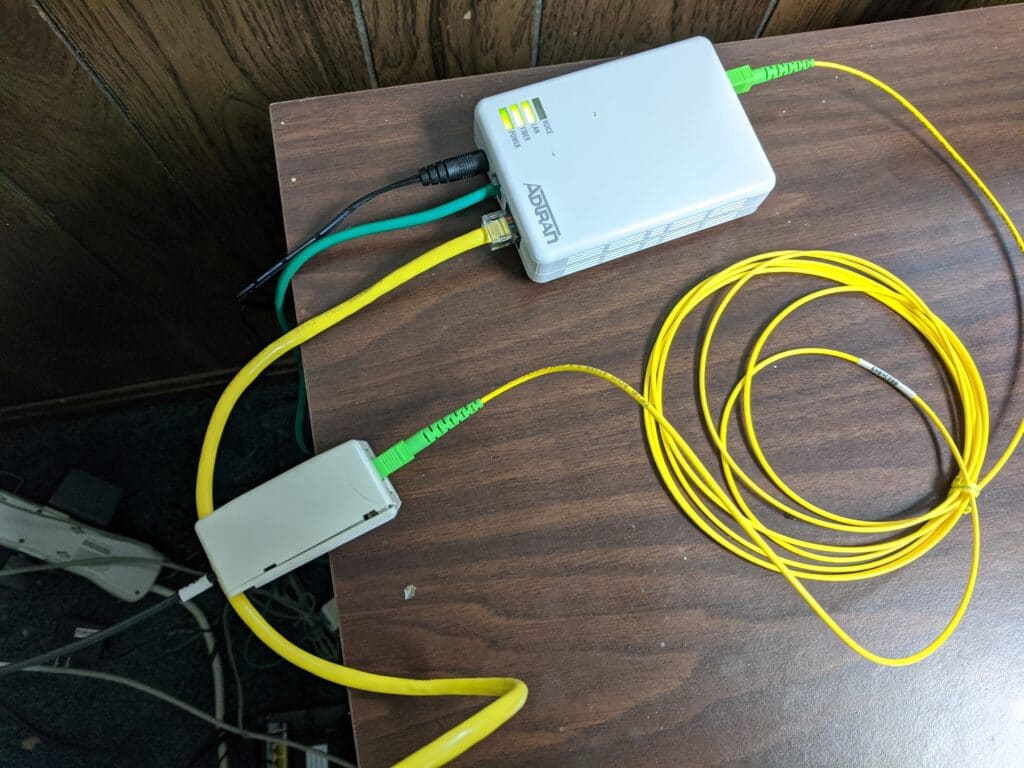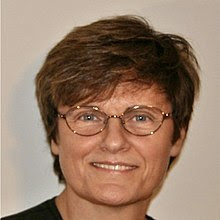Citigroup Center
Engineering crisis of 1978 (from Wikipedia)
Due to material changes during construction, the building as initially completed was structurally unsound. William LeMessurier‘s original design for the chevron load braces used welded joints. To save money, Bethlehem Steel changed the plans in 1974 to use bolted joints, which was accepted by LeMessurier’s office but not known to the engineer himself.[22] Furthermore, according to The New Yorker, LeMessurier originally only needed to calculate wind loads from perpendicular winds under the building code; in typical buildings, loads from quartering winds at the corners would be less.[22][159] In June 1978, after an inquiry from Princeton University engineering student Diane Hartley, LeMessurier recalculated the wind loads on the building with quartering winds.[159][f] He found that, for four of the eight tiers of chevrons, such winds would create a 40 percent increase in wind loads and a 160 percent increase in load at the bolted joints.[22]
Citicorp Center’s use of bolted joints and the increased loads from quartering winds would not have caused concern if these issues had been isolated from each other. However, the combination of the two findings prompted LeMessurier to run tests on the structural safety.[103] The original welded-joint design could withstand the load from straight-on and quartering winds, but a 75-mile-per-hour (121 km/h) hurricane force quartering wind would exceed the strength of the bolted-joint chevrons.[99] With the tuned mass damper active, LeMessurier estimated that a wind capable of toppling the building would occur on average once every 55 years.[162][161] If the tuned mass damper could not function due to a power outage, a wind strong enough to cause the building’s collapse would occur once every 16 years on average.[162] LeMessurier also discovered that his firm had used New York City’s truss safety factor of 1:1 instead of the column safety factor of 1:2.[99] [Read more…]

